Even before the pandemic, evolving technology and artificial intelligence were already stoking fears that progress could eventually lead to jobs losses, pushing those without digital skills out of the work force. The divide only deepened when the pandemic forced millions of employees to start working from home. While technology made remote work possible for them, that wasn’t an option for millions of others. Now as vaccinations ramp up and employees are able to go back to the office, the U.S. workforce is primed for more change. Elizabeth Reynolds is the Executive Director of MIT’s Task Force on the “Work of the Future.” She talks with Soledad O’Brien about how we keep the next transition from leaving millions of Americans behind.
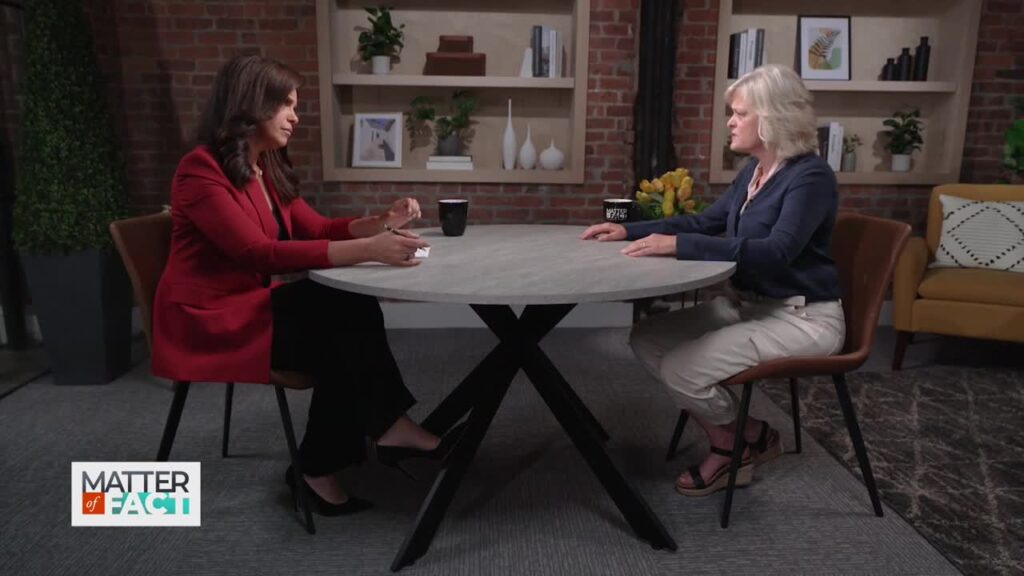
Wildlife Veterinarian Discusses Impacts of Bird Flu
June 16, 2024Wildlife Veterinarian Discusses Impacts of Bird Flu
June 16, 2024The bird flu outbreak sparked headlines earlier this year when a few people tested positiv...
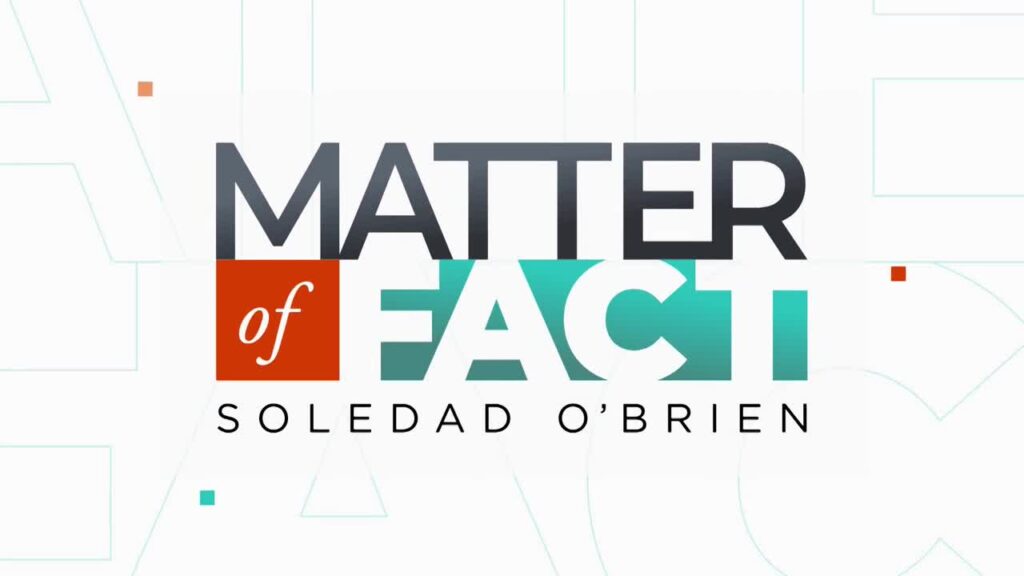
JUNE 15, 2024
June 16, 2024JUNE 15, 2024
June 16, 2024This week Matter of Fact explores solutions to protect Hispanic voters from disinformation...
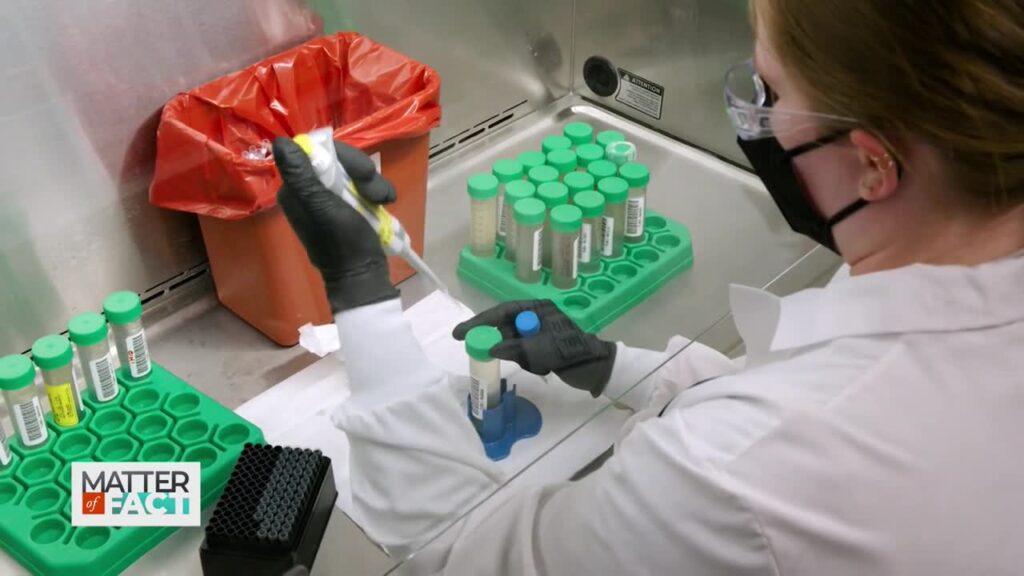
Wastewater Testing Becomes Useful Tool for Community Health
March 3, 2024Wastewater Testing Becomes Useful Tool for Community Health
March 3, 2024In the midst of the pandemic, wastewater testing rose to prominence as a way to monitor th...
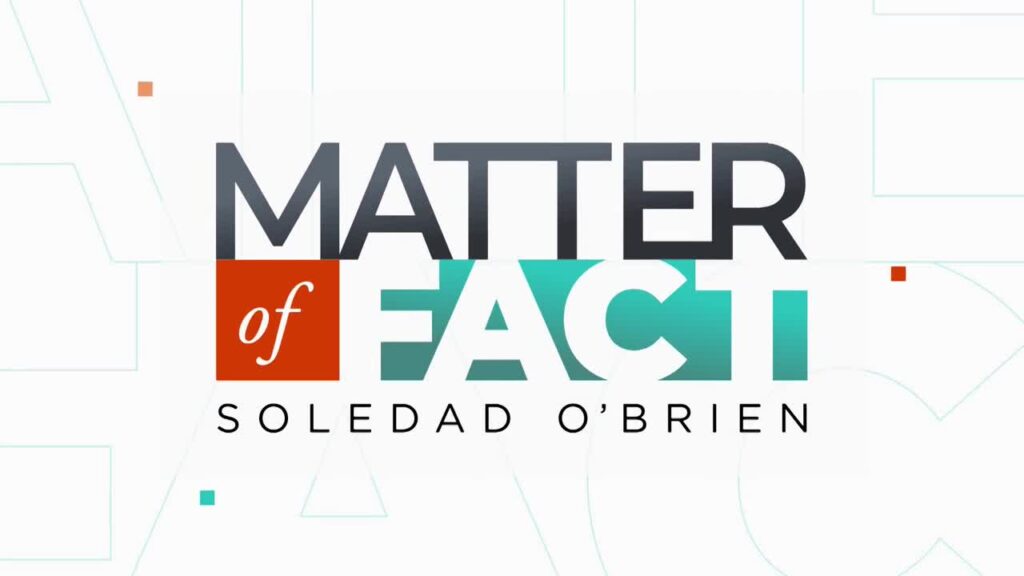
MARCH 2, 2024
March 3, 2024MARCH 2, 2024
March 3, 2024This week Matter of Fact travels to Viriginia where one school district is working to addr...
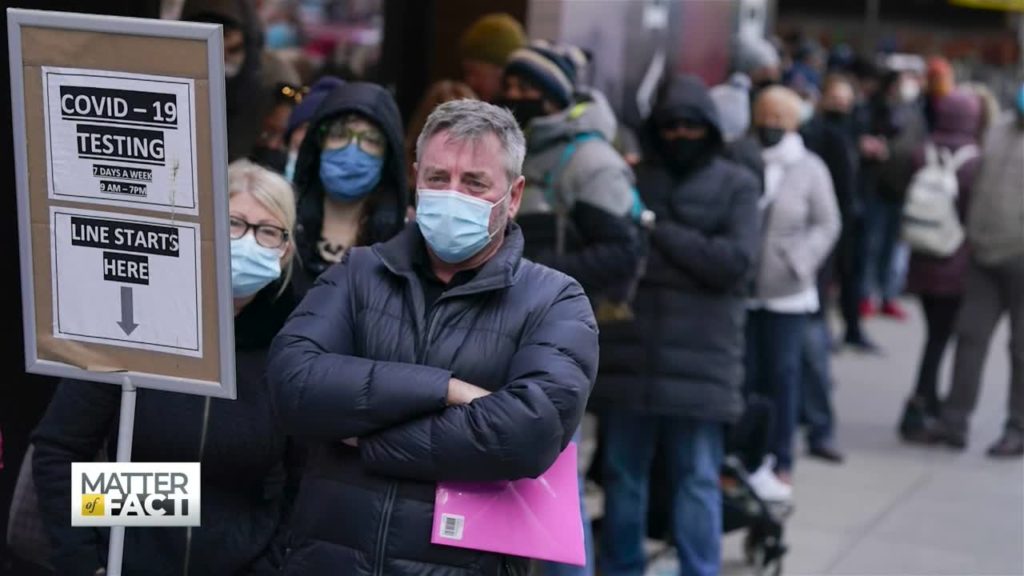
End of the Pandemic or The Start of Something Else?
January 16, 2022End of the Pandemic or The Start of Something Else?
January 16, 2022More than two million people a day are being diagnosed with COVID-19 around the world. Mea...
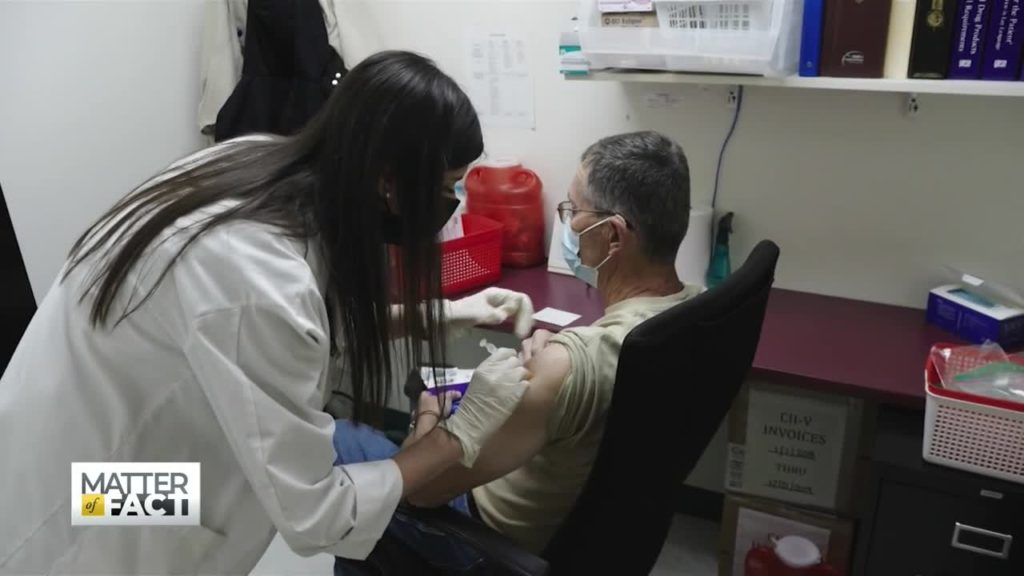
How West Virginia Went From First to the Bottom in Vaccination Rates
December 5, 2021How West Virginia Went From First to the Bottom in Vaccination Rates
December 5, 2021The COVID omicron variant is now officially in the U.S. Scientists are racing to find out ...

How the Pandemic Could Erase Decades of Progress for Women in the Workforce
November 14, 2021How the Pandemic Could Erase Decades of Progress for Women in the Workforce
November 14, 2021About two million women in the U.S. are no longer part of the workforce. Since February 20...

COVID Patients are Checking Out, But Hospitals are Still Overwhelmed
November 7, 2021COVID Patients are Checking Out, But Hospitals are Still Overwhelmed
November 7, 2021COVID cases may be on the decline, but our nation’s hospitals are still taking a hit. Befo...